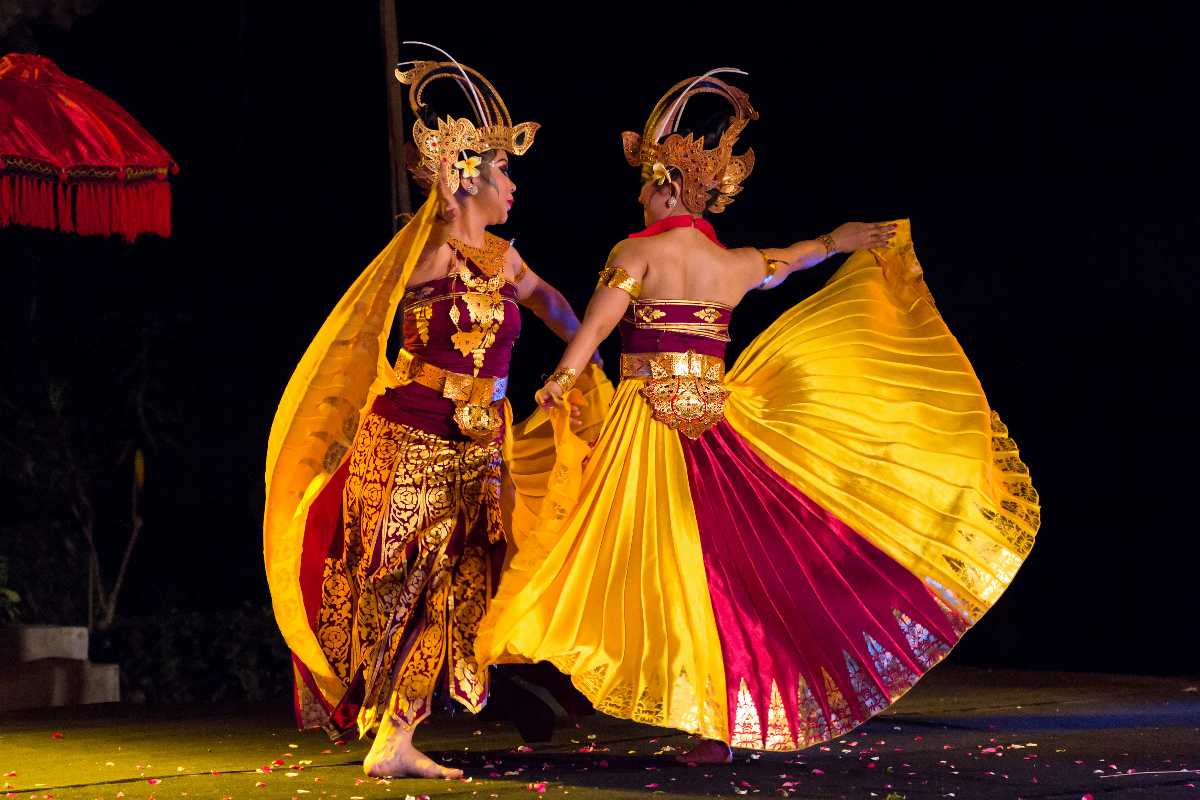Performance art, often misunderstood as a mere form of entertainment, is actually a complex and conceptual form of artistic expression. Unlike traditional performing arts that focus on structured performances, performance art delves into deeper philosophical and cultural meanings. It transcends conventional boundaries, challenging societal norms and offering a platform for personal and collective exploration.
In Indonesia, the concept of performance art has evolved significantly, reflecting the country’s rich cultural tapestry. This article explores the essence of performance art in Indonesia, its historical roots, and its role in contemporary society.
The Concept of Performance Art
Performance art is not just about the act of performing; it is about the idea behind the performance. It is a medium through which artists can express their thoughts, emotions, and social commentary. Unlike traditional performing arts, which often rely on established forms and techniques, performance art is more fluid and open to interpretation. It can involve elements of theater, dance, music, and even visual art, but the core lies in the conceptual framework.
The term “performance art” itself is often used interchangeably with “performance,” but there is a distinct difference. While “performance” refers to any act of showing or demonstrating, “performance art” is a specific genre that emphasizes the artistic value and conceptual depth of the act. This distinction is crucial in understanding the unique position of performance art within the broader context of Indonesian culture.
Historical Roots of Performance Art in Indonesia

The history of performance art in Indonesia is deeply intertwined with the country’s cultural heritage. Traditional performances such as wayang kulit (shadow puppetry), topeng (mask dances), and tari (dance) have long been integral to Indonesian society. These performances were not merely for entertainment; they served as a means of storytelling, religious expression, and community bonding.
However, the modern concept of performance art emerged in the mid-20th century, influenced by global movements and local traditions. Artists began to experiment with new forms of expression, blending traditional elements with contemporary ideas. This period marked a significant shift in how performance art was perceived and practiced in Indonesia.
The Role of SEPERTI in Promoting Performance Art

SEPERTI, an organization dedicated to promoting performance art in Indonesia, plays a vital role in fostering a culture of critical thinking and appreciation for the arts. Through initiatives like the Coaching Clinic, SEPERTI brings together academics, artists, and critics to discuss and analyze various aspects of performance art. This collaborative approach helps in developing a deeper understanding of the art form and its significance in Indonesian society.
The Coaching Clinic features renowned experts in the field, including Sal Murgiyanto, Yusuf Susilo Hartono, I Wayan Dibia, Anastasia Melati, Fawarti Gendra, and Helly Minarti. Their insights and expertise contribute to the growth and development of performance art in Indonesia.
The Cultural Significance of Performance Art
Performance art in Indonesia is not just an artistic endeavor; it is a reflection of the country’s cultural identity. It encompasses various aspects of Indonesian life, from religious rituals to social commentary. The use of traditional elements in modern performances highlights the continuity of cultural practices while also embracing innovation.
The integration of spiritual and ritualistic elements in performance art underscores its deep connection to Indonesian traditions. For instance, the use of sesajen (offerings) and mantras (incantations) in performances reflects the belief in the supernatural and the importance of maintaining harmony between the physical and spiritual worlds.
The Evolution of Performance Art in Contemporary Indonesia

In contemporary Indonesia, performance art has taken on new dimensions, incorporating technology and multimedia elements. Artists are exploring new ways to engage audiences, using digital platforms and interactive installations to create immersive experiences. This evolution reflects the dynamic nature of performance art and its ability to adapt to changing times.
Despite these advancements, the core principles of performance art remain unchanged. It continues to serve as a powerful medium for self-expression and social critique, challenging audiences to think critically about their surroundings and the world around them.
Conclusion
Performance art in Indonesia is a vibrant and evolving field that reflects the country’s cultural richness and diversity. From its historical roots to its contemporary manifestations, performance art continues to play a significant role in shaping the artistic landscape of Indonesia. Through organizations like SEPERTI and the contributions of dedicated artists and scholars, the future of performance art in Indonesia looks promising, ensuring its continued relevance and impact.







